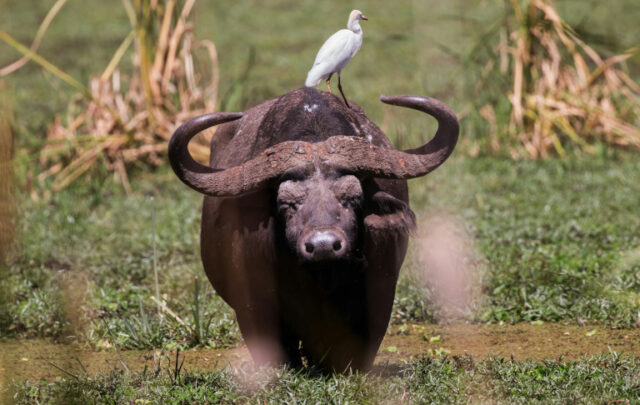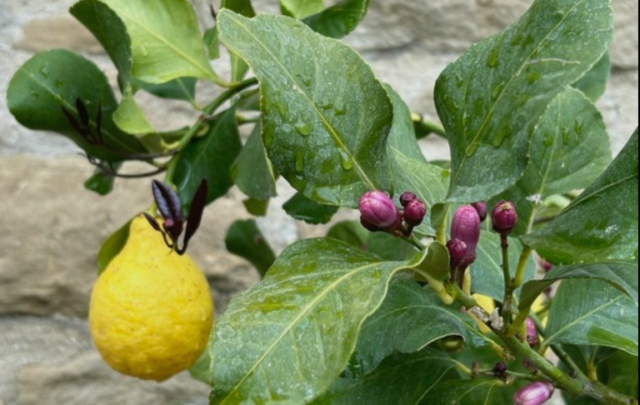
From Gene Logsdon
Garden Farm Skills
I never knew why August was a good time to apply barn manure to farm and garden and Fall even better. We just did it then because there is usually a lull in other pressing farm work. Now I find out from the consensus of opinion among the experts on barn manure a century ago that we’ve been doing the right thing.
The reasons are rather long and involved, but I will try to give the short version of it. First of all, in Sane Farming, as distinct from Progressive Farming or Successful Farming or Business Farming or Profit Farming and the whole nomenclature of Forked Tongue Farming, livestock and chickens are out on pasture or free range applying their fertilizer themselves to the grass and clover during most of the summer and fall months. The farmer, unlike the proprietor of a animal confinement operation, only has to deal with the manure of winter and early spring.
To understand why this winter manure is a better fertilizer if allowed to age or rot for a few months in the barn (a whole year would be better) before application, I had to forget everything I thought I knew about composting. Garden composting, or heat composting, as I call it, is speed composting, the idea being to let the compost heat up and break down the organic matter into humus as fast as possible. Also, the heat kills any harmful pathogens that might be in it. But in the process of aeration, a compost heap loses a considerable amount of its plant nutrients, especially nitrogen. The oldtimers called it fermentation. (If you doubt what I’m saying about the disadvantages of fast composting, you can find plenty of documentation in the literature— I like a sprightly-written book about human manure, The Humanure Handbook by Joseph Jenkins.)
Winter manure is stomped into what is called a “manure pack” in the barn by the animals as straw is spread on it regularly for bedding. It slowly composts anaerobically, that is without oxygen, so there is very little leaching or fermentation. And as little as two or three months of this anaerobic composting destroys most of the human disease pathogens, if any are present (very doubtful), say compost scientists. By late summer and early fall, that bedding manure has cured, or aged, or in old-time parlance “rotted” properly. Most of the manure odor is gone too, replaced by a pungent earthy smell. The whole problem of odor which so plagues the animal confinement industry is avoided.
I have learned how to peel or pry layers off my sheep manure pack with a pitchfork. Each forkful is a little over a foot square and about two inches thick. I haul the forkfuls ranked on the back of my ancient pickup to the garden and place the “squares” on the soil surface much like laying down tile on a floor. Yes, sometimes I use my hands rather than the fork. The dry “squares” can be nestled up close to the plants because there is no ammonia leaching off to burn leaves as would be true with fresh manure. To be totally safe, I don’t put the manure up close to any lettuces or other salad vegetables. Manure not needed on the garden, I spread with my old manure spreader on the strips out in the pasture field where I plan to grow field corn the next year.
So today as I write in August, the whole garden except the sweet corn patch is mulched either with this manure or leaves and grass clippings. My heavy weeding chores are over for the year. The corn shades the ground enough by now to stop any vigorous weed growth except around the edges of the patch, which I can hoe easily enough. The grass and leaf mulch I like to use around vining plants like melons and cucumbers in July because as soon as the vines start trailing out all over the place, rotary tilling weeds among them is impossible.
By next spring, the manure will have sheet-composted away to humus. The main reason I mulch part of the garden with grass and leaves is that I’m afraid if I treated all of it every year with this super-nutrient manure, the soil might get too rich. Is that possible?
~~
Gene and Carol Logsdon have a small-scale experimental farm in Wyandot County, Ohio.
Gene is author of The Mother of All Arts: Agrarianism and the Creative Impulse (Culture of the Land), The Last of the Husbandmen: A Novel of Farming Life, and just released: Small-Scale Grain Raising, Second Edition: An Organic Guide to Growing, Processing, and Using Nutritious Whole Grains, for Home Gardeners and Local Farmers.





